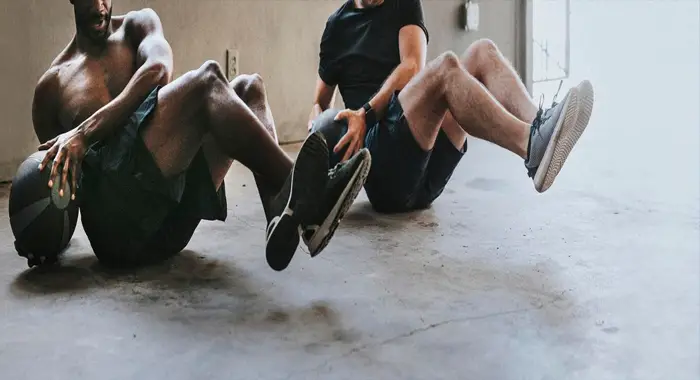
Training in the NBA isn't just about lifting weights or shooting hoops; it's all about building pure power, endurance, and agility that keeps players sharp on their feet. Each session is peaked towards on-court performance for those NBA athletes; the level of training is intense. NBA training is a science in motion, from explosive power moves to smooth, fluid flexibility routines.
Strength is necessary for NBA athletes to make those explosive dunks, incredible fast breaks, and play-making look effortless. You're not building strength through straightforward weightlifting, but through high-intensity power training that works on the muscles you need for agility and explosive energy. Understanding these training details can help bettors on Melbet make informed decisions, as an athlete’s physical condition directly impacts their in-game performance and overall team dynamics. Plyometric exercises, where muscles are pushed to their limit, and compound movements like squats and deadlifts that build lower and upper body strength all contribute to total impact.
Players use movements that simulate game situations to keep up their bodies fast and healthy. They may be jumping on platforms, twisting through resistance bands, or doing fast drills with speed and muscle control all at once. It's designed to be the most efficient movement, the kind of strength shown in every quarter.

Flexibility training is essential in basketball to dodge, pivot, and go around defenders without strain or injury. The drills often focus on key areas that get the most impact during games. Essential flexibility drills include:
These exercises keep players sharp and ready for whatever the demands of offense or defense require. Flexibility is the hidden backbone of powerful, injury-free play.
Building a stable core is the secret to an NBA player's agility and control on the court. They can explode from their crouch and not lose balance, so they're powerful and precise when they do move.
Better agility comes with a strong core, which lets players dodge defenders and pivot in a split second. Core staples such as plank variations and twists add muscle endurance and rotational power exercise. Insights into how players build this agility can be found on Melbet VN Facebook, where fans and bettors can stay updated on athletes' training methods that impact their game-day performance. These movements work the abdominal and obliques, the muscles we use for those seemingly quick pivots and sprints across the court.
Core workouts aren't just about power. They also increase that sense of balance that allows players to stay better with the dribble, on the shot, and on the rebound. Athletes live with a stable core and can move fluidly with the game's pace and opponents' pressure.

When defending against rapid, unpredictable moves, NBA athletes need control, and balance training is essential. Single-leg squats and lateral hops help players stabilize their stance, regardless of whether they are under physical pressure from other players. These drills focus more on the legs and lower body muscles necessary for an excellent defensive position.
Balance drills aren't just about footwork; they also work on coordination. Athletes who can master balance can defend by shifting direction without hesitation. Because of these skills, all defensive action feels smooth and unstoppable, whether blocking a shot or moving laterally across the court.
NBA athletes need recovery as much as their workouts. Muscles must be 'targeted' to rest after intense games and training for muscle rebuilding and growth. Thus, cryotherapy, deep tissue massage, and other techniques help you quickly eliminate lactic acid in your muscles, thereby preventing soreness. NBA teams also use compression therapy to increase blood flow to fatigued areas and help the healing process. Players are back to peak performance, game after game, with high-end recovery protocols.
There's also sleep. Athletes who sleep well tend to have faster reflexes, sharper focus, and greater endurance. Another key is hydration—players are asked to drink electrolyte-rich fluids to keep muscles functioning and prevent cramps. Even NBA teams hire nutritionists who create meal plans for post-training muscle repair. Each detail of recovery is meticulously designed, so athletes come back quickly.
NBA athletes feed their bodies with precision. Rich in healthy protein, complex carbs, and fat, balanced meals will sustain them with energy. It fuels workouts and helps you recover from it, or else you won't do it as convincingly and boosts your endurance, or your stamina might not be as effective.
Only all of this together gives good results. That's why athletes take care of their health, and certainly inspire us to do so. You have learned some of the secrets of the best and can implement them in your life.
ARTICLES CLOUD
LATEST TECHNOLOGY ARTICLES
LATEST TECHNOLOGY NEWS